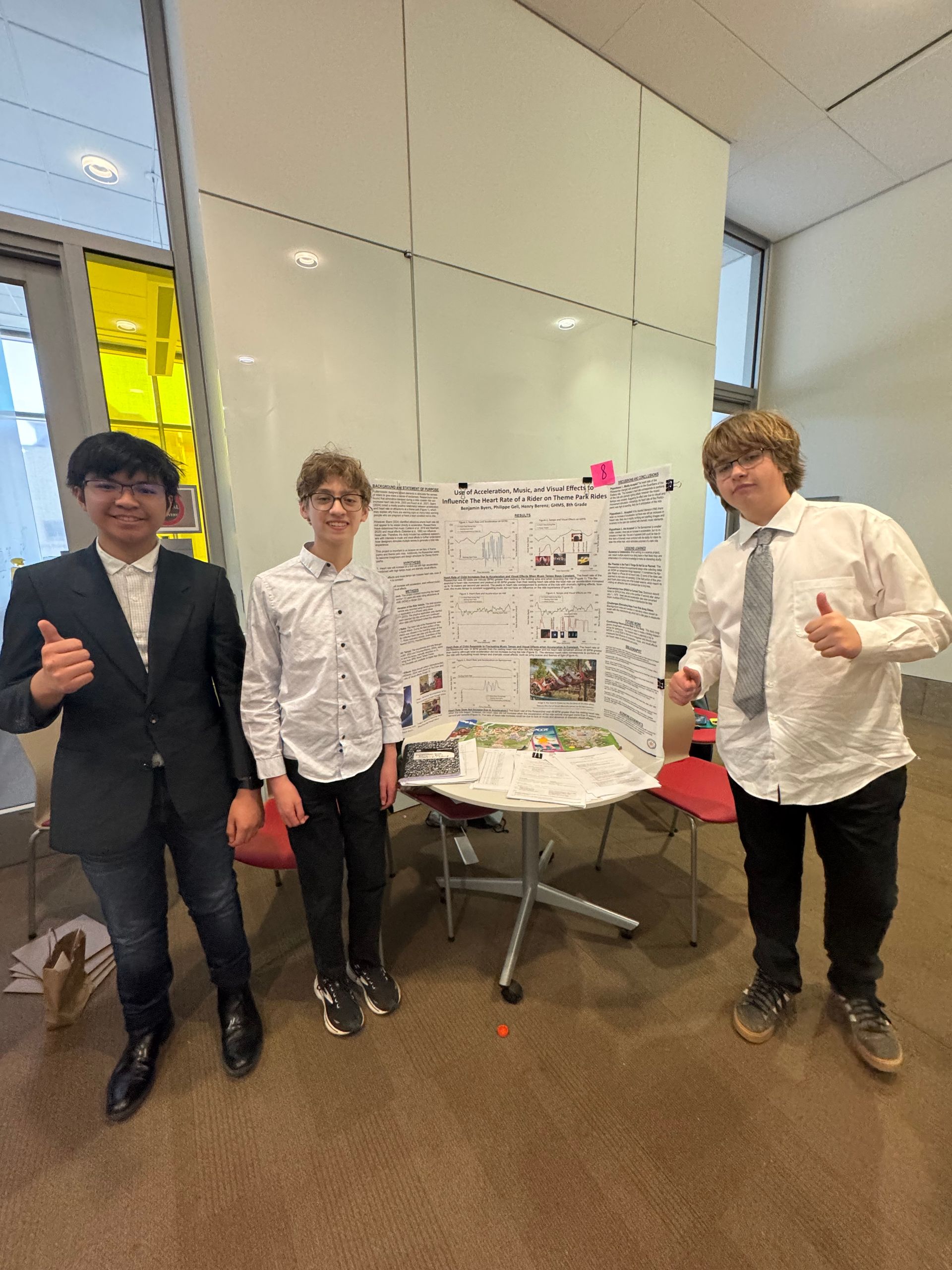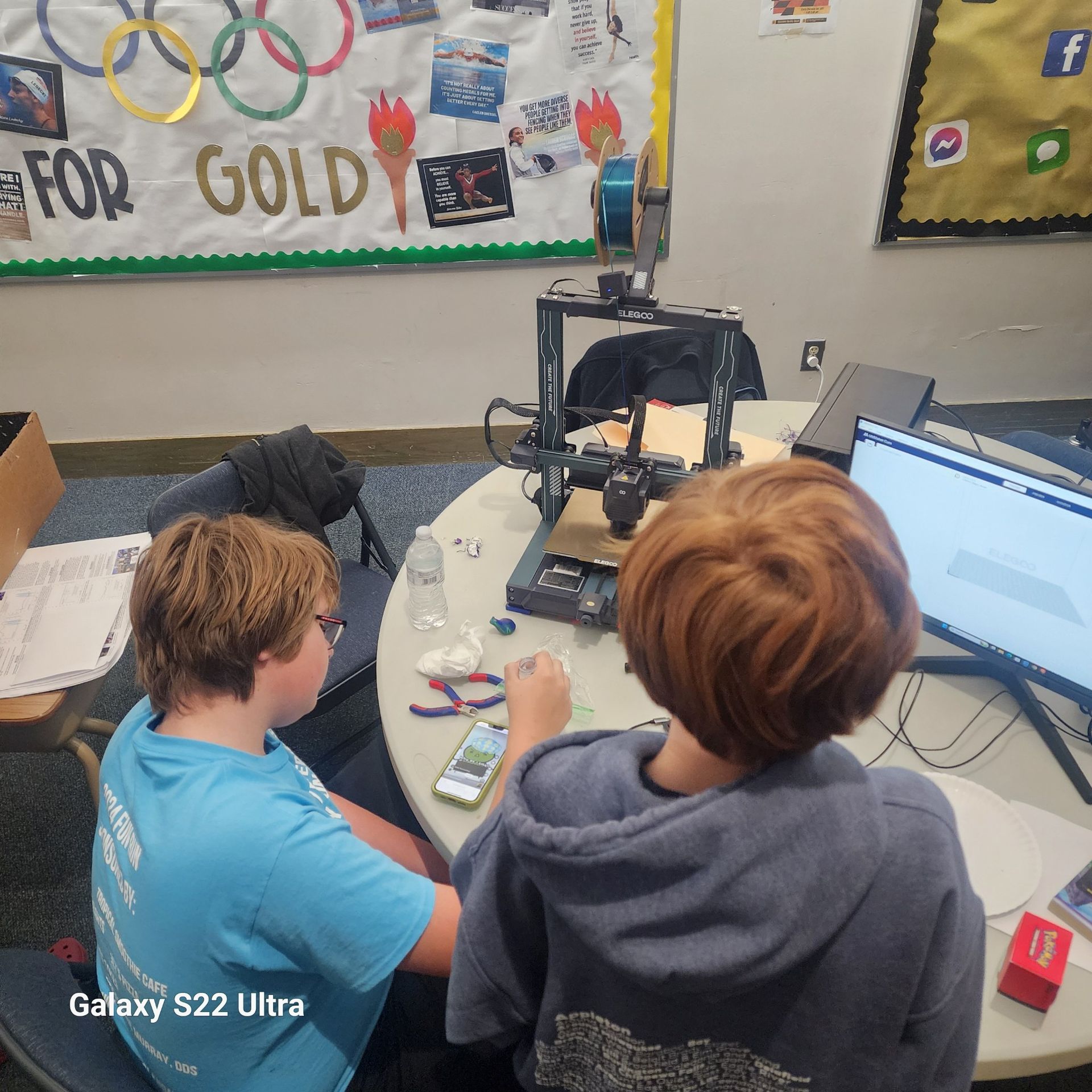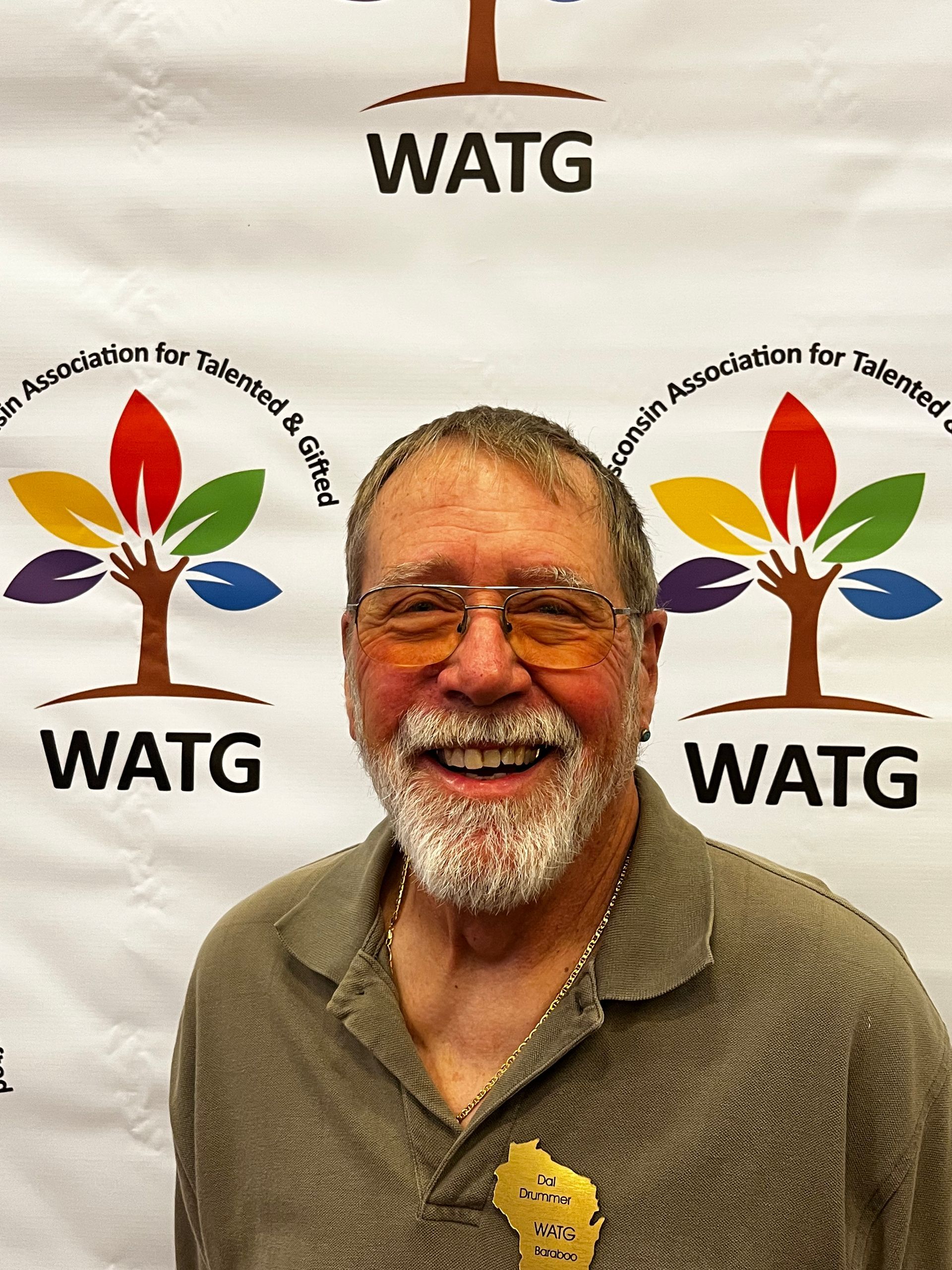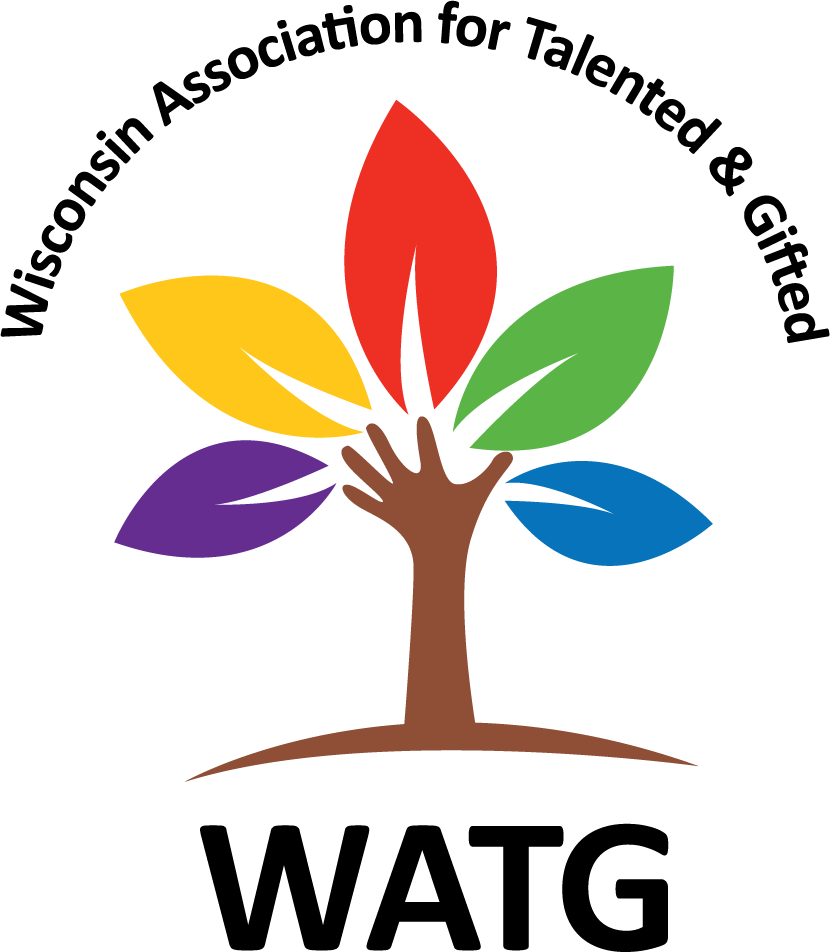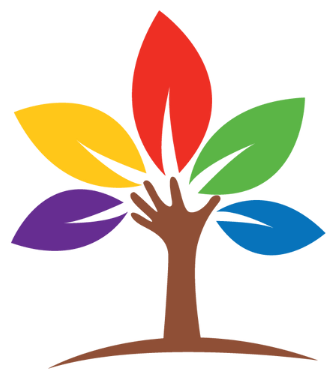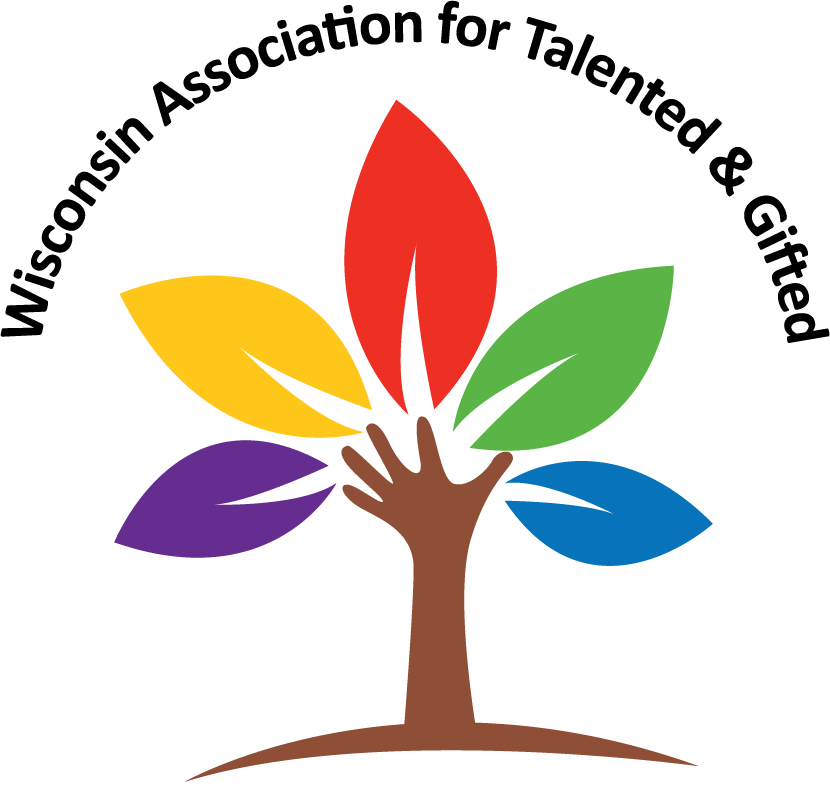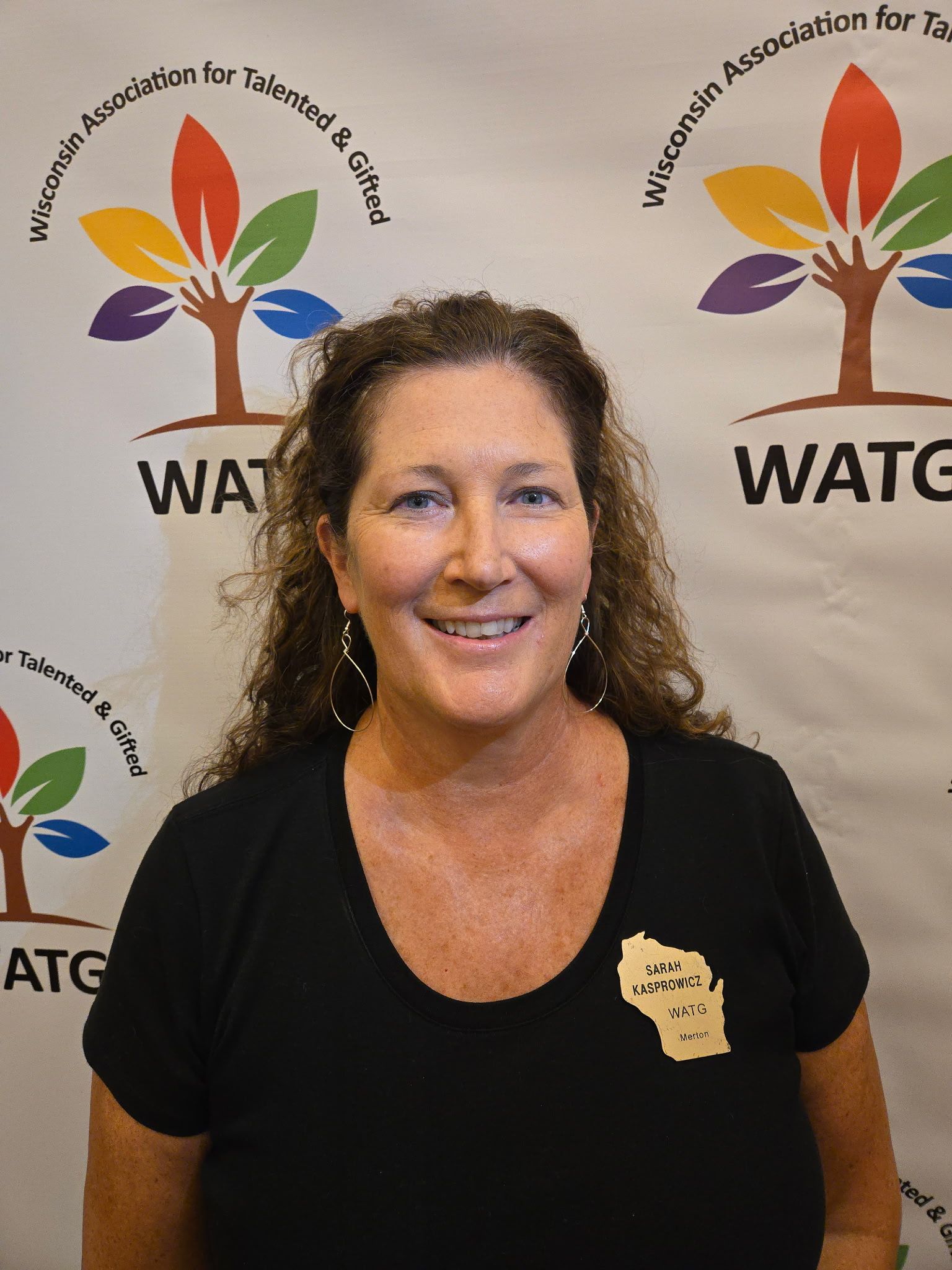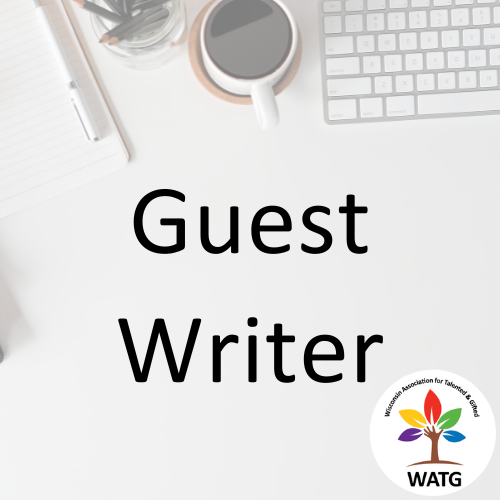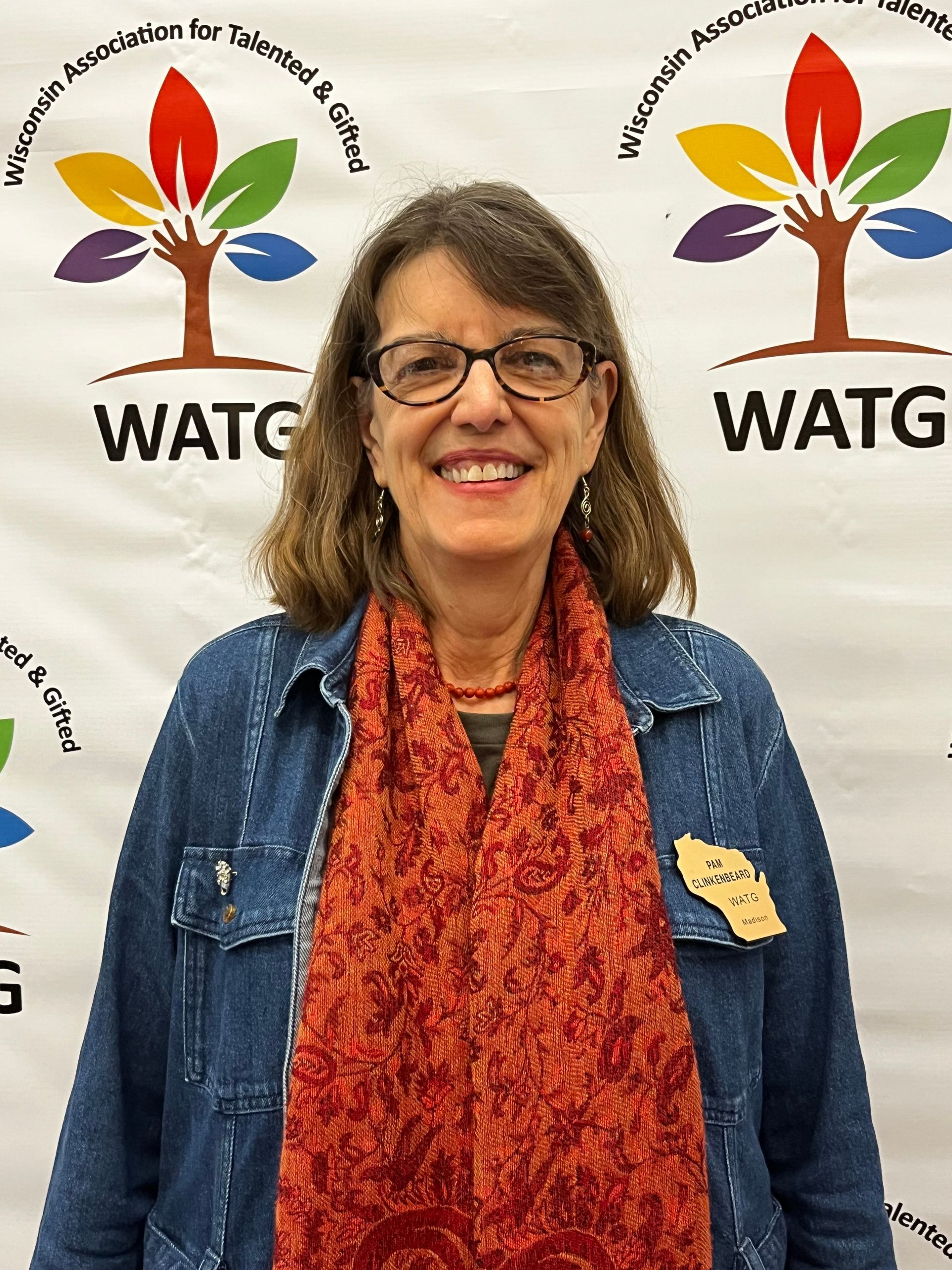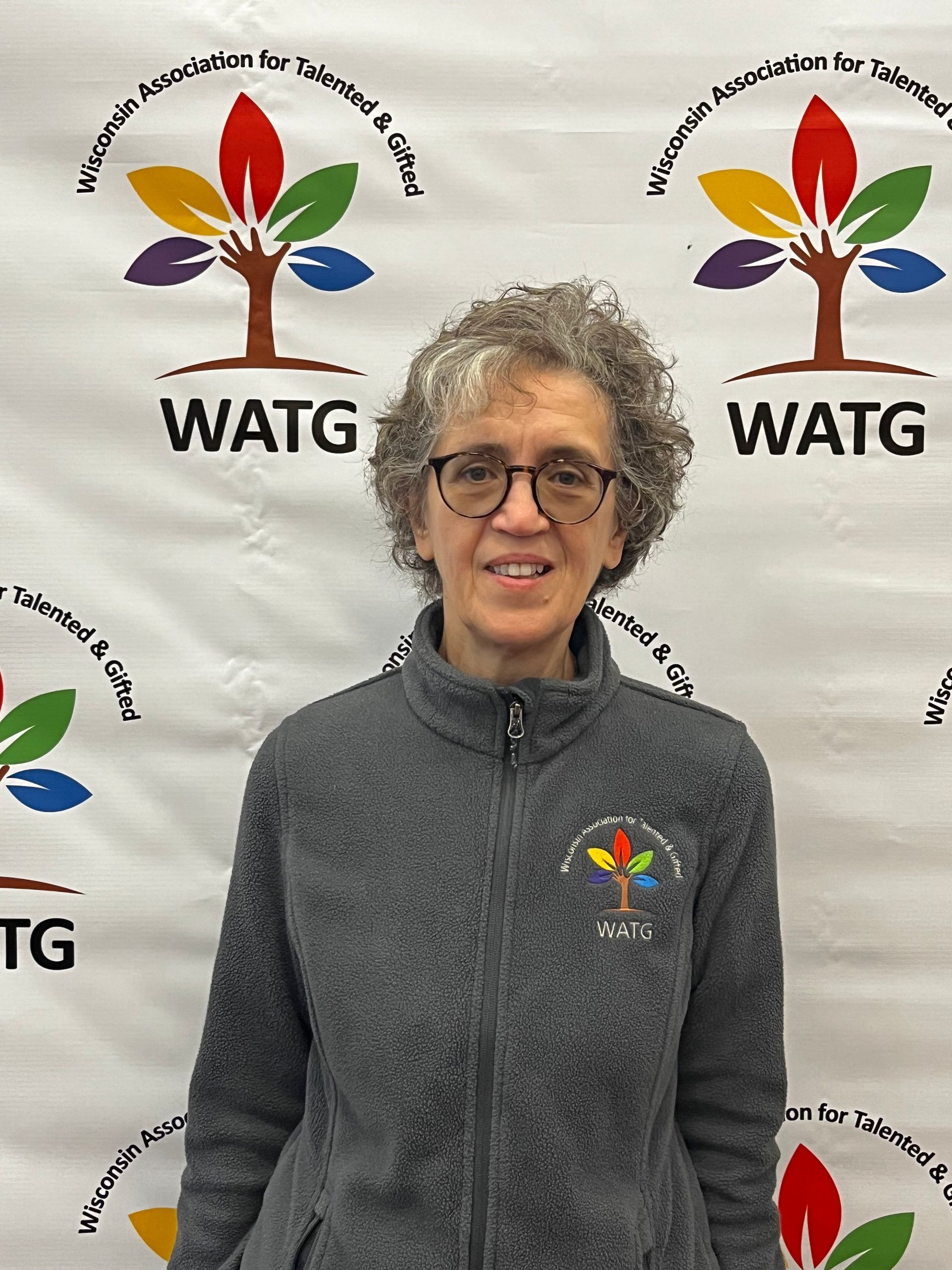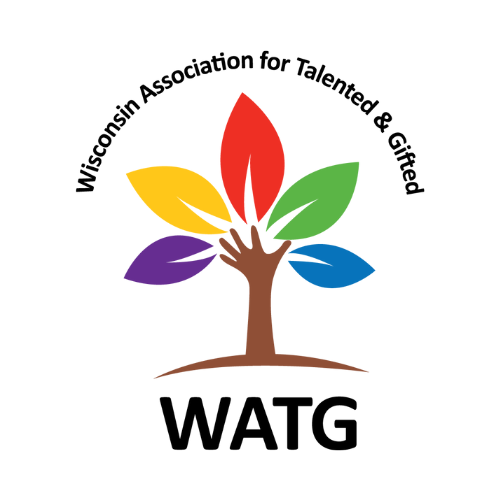Interest Matters: The Importance of Promoting Interest in Education
My name is Benjamin Byers and I’m an 8th-grader at Glen Hills Middle School. There are a lot of things I am interested in that allow me to boost my intellectual skills. A few of them are reading, 3-D printing, doing science fair projects, doing STEM activities, volunteering, and playing music. Each of these has allowed me to further my goal of becoming an engineer, although they make me an outlier to others and how they spend their time. This has caused me to have to join different clubs and other activities just so I could have good friends.
One of the other activities I enjoy is Future Cities, which is a competition that lets us represent our school by building a futuristic city based on a theme. Future Cities has been very useful to me because it lets me practice and experience talking/presenting our city/model to a panel of judges. Students in 6th, 7th, and 8th grade imagine, research, design, and build cities of the future that showcase their solution to a citywide sustainability issue. This year, the theme was floating cities, and we had a wonderful opportunity to work with engineers and architects to build a floating city in Busan, South Korea.
I have had a lot of fun experiences while being an 8th grader. For example, I was able to join the NASA STEM club, which allowed me to meet my two best friends. We do a lot of different activities in the STEM club; for example, we run a program that lets us simulate different parts of NASA mission requirements. This includes creating/coding a rover to do a specific function, like picking up and delivering packages. Effective teamwork and collaboration are important for our learning. By working as a team, I have developed problem-solving, communication, and critical thinking skills. Last year, we worked on Artemis II Missions, and this year we are working on Artemis III Missions. We will be traveling to Florida to represent our school and our NASA Missions at the International Space Development Conference. How many 8th graders get opportunities like this to participate in an international conference?
Another activity that I enjoy is the science fair project. I built a roller coaster with Legos and 3D parts, and I collaborated with two of my friends on a science fair project called “Use of Acceleration, Music, and Visual Effects to Influence the Heart Rate of a Rider on Theme Park Rides”. Science is collaborative. Our experiment turned out to be a success as I collaborated with my friends and their interests to combine our knowledge to make it interesting. Our hypotheses were: 1) Heart rate will increase with acceleration, even without music or dramatic visual effects; 2) Visual effects and music tempo can increase heart rate, even if acceleration is constant; and 3) Heart rate will increase on a thrill ride with high acceleration combined with high-tempo music and dramatic visual effects. We found out that the last two hypotheses were true, but not the first one. On the Barometer, there was an increase in acceleration but no increase in heart rate. This lack of apparent thrill could be due to the lack of dramatic music combined with the ability for riders to see the entire track, which eliminates the surprises of a dark ride. As a result of our work, I am very excited to travel with my friends to Florida this summer to test our experiment for three days at Disney World.
The reason I have been doing the science fair project is because I want to be an engineer. I’ve always liked Disney, and I love the fact that they offer an engineering program, so that makes me want to create something that proves what engineers at Disney do. I’m hoping to be an Imagineer (Disney engineer) in the future, and I hope my science fair project will help me achieve that goal.
Additionally, 3-D printing is really fun and interesting because it gives me instant gratification. I dream it, design it, and print it. Watching a physical object come to life layer by layer is insanely satisfying. It also teaches design thinking, engineering basics, problem-solving, and even coding. I have been 3-D printing for about 1 year now, and it is fun to watch the printer work. I’ve created many things; for example, I’ve created a smaller version of the Statue of Liberty and helped create a currency (not official) for our school.
Finally, I love music. I participate in Solo and Ensemble Contests every year and also perform at various events at my school. I am glad my school provides Band, Orchestra, Choir, and General Music. Similarly, I love participating in service projects. I have volunteered through our school’s National Junior Honor Society for more than 20 hours per year. Volunteering offers many benefits, including developing valuable skills, gaining real-world experience, and making a positive impact on our community. It certainly helped me understand different perspectives and build social connections.
I believe that interest is a powerful motivational process that supplies energy to learning, guides academic and career paths, and is crucial to academic success. If students are not given opportunities to participate in activities or projects that interest them, they will lose their motivation in learning. I am glad that I get to participate in various activities that interest me through my school’s gifted program and after-school clubs. I can control and decide what I want to do with my life, and my school is providing the tools and power needed to achieve my goal. I like challenges. For example, I read a lot, and I can finish a 400-500 page book in two days. If I quickly finish reading my book in class, I feel bored. Being in a gifted and talented class allows me to challenge myself in almost every subject.
Over the years, I’ve discovered that I’m an ambivert, which means that I’m both introverted and extroverted. This means I can make friends easily, but I never start a conversation/confrontation with another person.This has stopped me from making lots of friends. Luckily, I was able to find like-minded peers through after-school clubs like the Chess Club and STEM Club. My advice to middle school students is to try to join various clubs to find like-minded peers. By trying new things, you might find yourself.
Thanks to my school and my teachers for catering to my needs. This has made a huge difference.
By Benjamin Byers, Glen Hills Middle School

